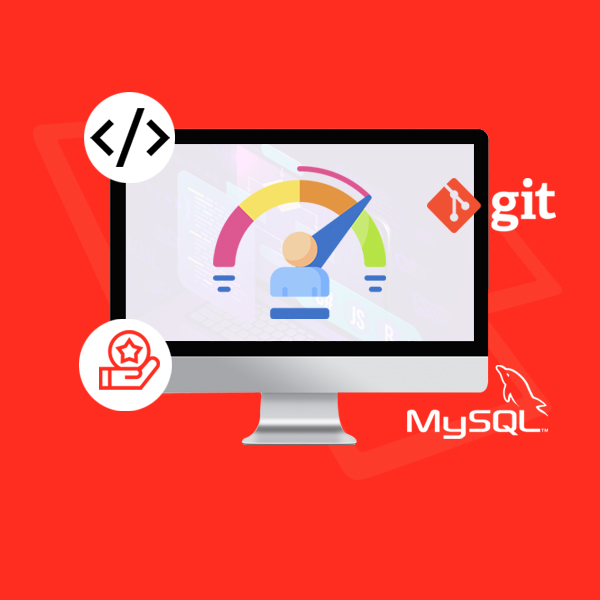The Ultimate Guide to Laravel Performance Optimization in 2023
Laravel is one of the most popular PHP frameworks and is widely used for web application development. However, as the application grows in complexity, it is important to optimize its performance to ensure that it is running smoothly and efficiently. In this guide, we will discuss some of the best practices for Laravel performance optimization in 2023.
1. Use the latest version of Laravel:
Laravel is constantly evolving, and new releases often include performance improvements. Ensure that you are using the latest version of Laravel to take advantage of these improvements.
2. Cache frequently accessed data:
Caching frequently accessed data can significantly reduce the load on your database and improve performance. Laravel provides a built-in caching system that allows you to easily cache data in various ways.
3. Optimize database queries:
Inefficient database queries can be a major bottleneck for Laravel applications. Use tools like the Laravel Debugbar to identify slow queries and optimize them for better performance.
4. Use lazy loading:
Lazy loading allows you to load data only when it is needed, reducing the amount of data that needs to be loaded upfront and improving performance. Use the `with` method to load related data lazily.
5. Minimize the use of middleware:
Middleware can be a powerful tool for adding functionality to your Laravel application, but excessive use of middleware can slow down your application. Use middleware sparingly and only when necessary.
6. Use Eager Loading:
Eager loading allows you to load related data upfront, reducing the number of queries needed to fetch the data. Use the `with` method to load related data eagerly.
7. Optimize Autoloading:
Laravel's autoloading system can slow down your application if not optimized. Use tools like `composer dump-autoload -o` to optimize autoloading.
8. Use a Content Delivery Network (CDN):
CDNs can significantly improve the performance of your Laravel application by caching and delivering static assets like images and videos from servers closer to the user.
9. Optimize image sizes:
Large images can slow down your application's load time. Optimize your images by compressing them and resizing them to the appropriate dimensions.
10. Use a queue:
Using a queue can improve the performance of your Laravel application by offloading time-consuming tasks to a separate process, allowing the main application to handle requests more quickly.
Why Speed Matters:
In today's fast-paced world, speed matters more than ever. Whether it's the time it takes for a web page to load or for a transaction to be completed, every second counts. Slow websites or applications can drive users away, negatively impact conversions, and even damage your brand's reputation.
For businesses looking to create web applications using the Laravel framework, speed is a crucial consideration. Laravel is a popular PHP framework that allows for rapid application development. But like any software, it's not immune to performance issues.
To avoid losing users and potential revenue, it's important to hire a Laravel developer or a Laravel development team that understands how to optimize performance.
Basics of Web Performance:
When it comes to optimizing the performance of a Laravel application, it's essential to have a solid understanding of the basics of web performance. Web performance refers to the speed and responsiveness of a website or web application.
Some of the key factors that affect web performance include page load times, server response times, and network latency. When building a Laravel application, it's essential to consider these factors and optimize your code to minimize load times and improve responsiveness.
To improve web performance, it's crucial to minimize the number of requests made to the server and reduce the size of files that need to be downloaded. This can be achieved by using efficient coding practices and minimizing the use of third-party libraries and plugins.
Why Focus on Laravel Performance Optimization?
There are several reasons why it is important to focus on Laravel performance optimization:
- Faster application response times: When a Laravel application is optimized for performance, it will respond faster to user requests. This improves the user experience and helps to ensure that users do not become frustrated with slow response times.
- Improved scalability: As a Laravel application grows in size and complexity, it becomes increasingly important to optimize performance. By optimizing the performance of a Laravel application, it becomes easier to scale the application to handle larger user loads.
- Reduced server load: A poorly optimized Laravel application can put a significant load on the server, which can lead to issues such as downtime and slow response times. By optimizing the application for performance, the server load can be reduced, leading to improved stability and reliability.
- Better SEO: Google has stated that site speed is a ranking factor for search results. Therefore, optimizing the performance of a Laravel application can improve the website's ranking and visibility in search engines.
- Lower costs: Optimizing Laravel application performance can reduce the need for additional hardware or infrastructure to handle increasing traffic loads. This can lead to significant cost savings in the long run.
TAGS: Looking for Laravel Dev Team, Laravel Development Team, Hire Laravel Developer, Laravel application, Laravel web application development


